Canning is one of the oldest and most reliable ways to preserve your harvest, ensuring your family enjoys delicious, healthy produce all year long. With a little preparation, you can turn fresh fruits and vegetables into pantry staples like jams, pickles, sauces, and soups. Whether you’re a homesteader, a prepper, or just someone who wants to eat locally all year round, canning is an empowering skill to learn. It’s about more than just food—it’s about self-sufficiency and peace of mind. In this guide, I’ll walk you through everything you need to know, from the basics to advanced tips, so you’ll feel confident tackling your first—or fiftieth—canning session. Let’s get those jars ready and fill your shelves with homemade goodness!
What Is Canning?
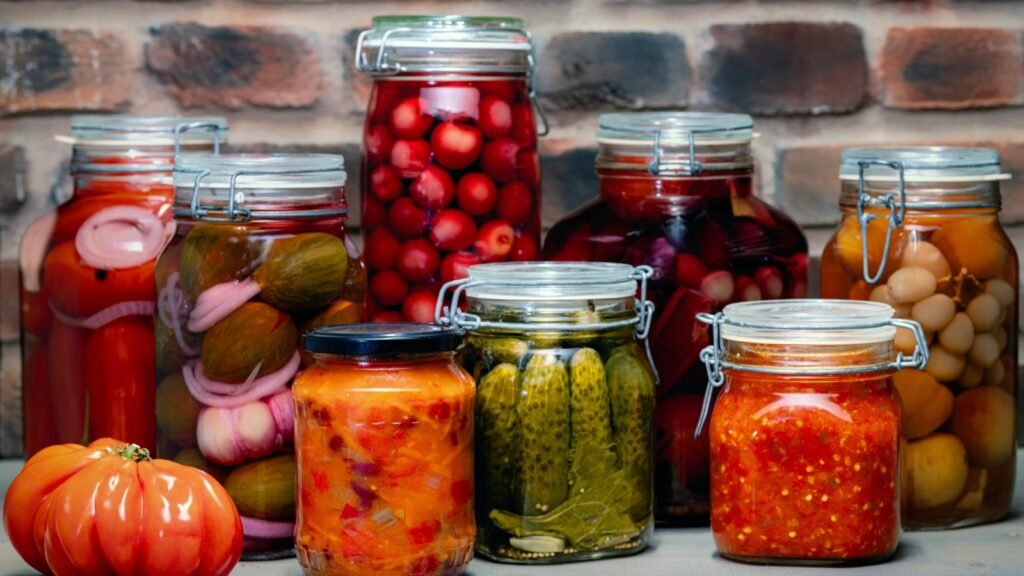
Canning is the process of preserving food in sealed jars to prevent spoilage. By heating food to a specific temperature and sealing it in sterile containers, you create a vacuum that keeps bacteria and mold out. It’s a proven method to extend the shelf life of fruits, vegetables, and even meats. Understanding the science behind it is key to doing it safely and successfully.
Types Of Canning Methods
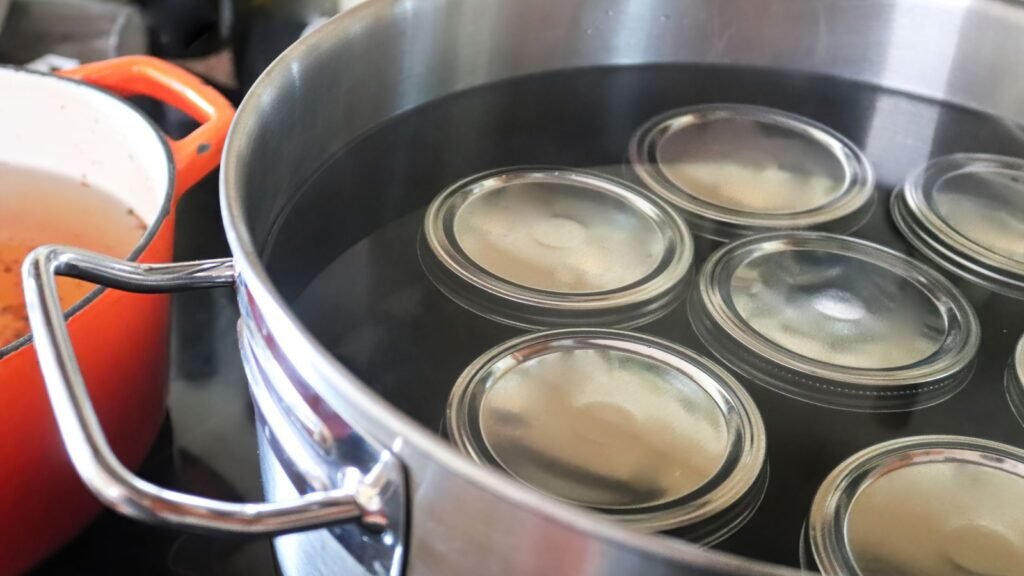
There are two primary canning methods: water bath canning and pressure canning. Water bath canning works well for high-acid foods like fruits, tomatoes, and pickles, while pressure canning is required for low-acid vegetables, meats, and soups. Knowing which method to use ensures your food is safe to eat.
Essential Canning Equipment
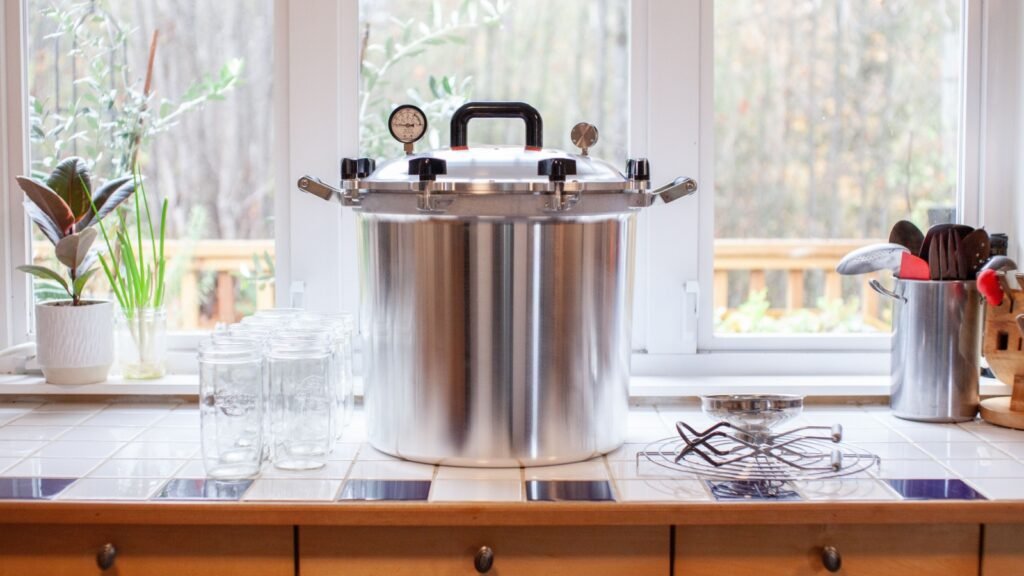
Before you start canning, you’ll need basic tools like canning jars, lids, a jar lifter, a funnel, and either a water bath canner or a pressure canner. Don’t forget a timer and a kitchen thermometer to ensure you’re meeting safety standards. Having the right equipment makes the process smooth and successful.
Choosing The Right Jars
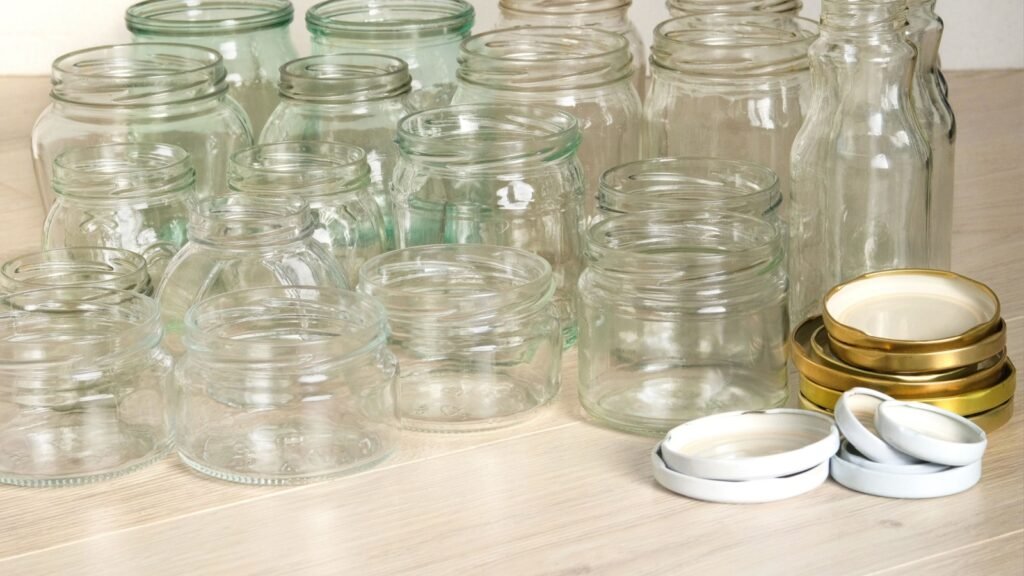
Canning jars come in various sizes, from small half-pint jars to large quart jars. Choose your jars based on what you’re preserving—smaller jars are great for jams, while larger ones work well for sauces or soups. Always check for cracks or chips before using them to ensure a proper seal.
Understanding Food Acidity
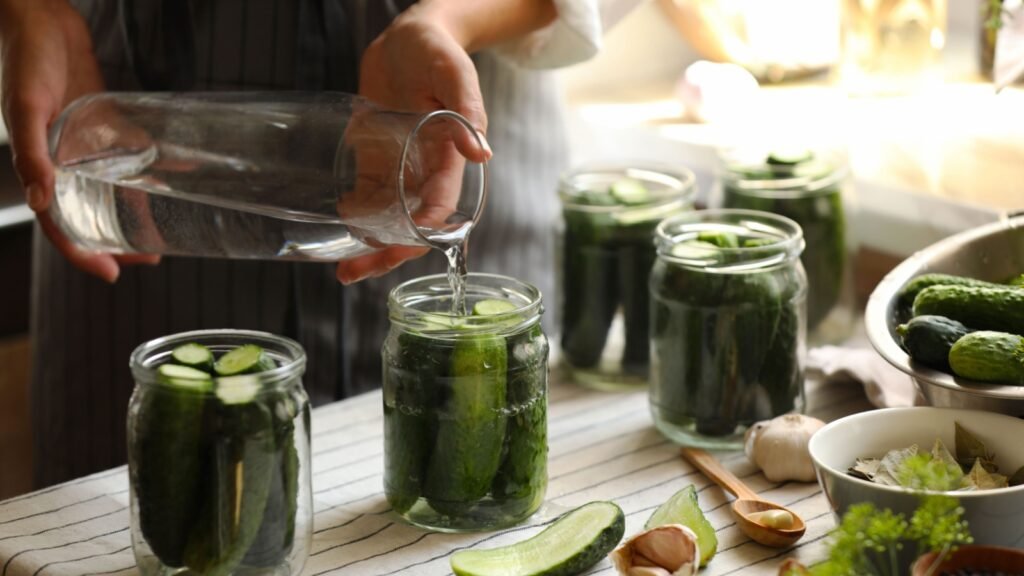
The acidity of your food determines whether you should use water bath or pressure canning. High-acid foods like fruits and pickles can be safely processed in a water bath, while low-acid foods require the higher temperatures of a pressure canner. Knowing this distinction is crucial for preventing botulism.
How To Sterilize Jars And Lids
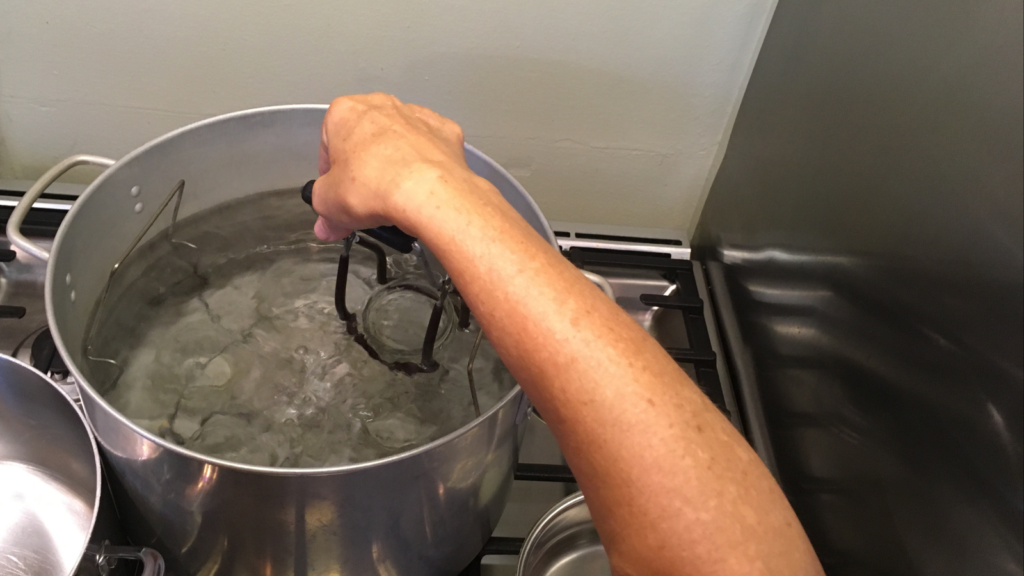
Sterilizing your jars and lids before filling them is essential to eliminate harmful bacteria. Boil jars and lids for at least 10 minutes or run them through a dishwasher’s sterilize cycle. Never reuse old lids, as the seal may not be reliable.
Prepping Fruits For Canning
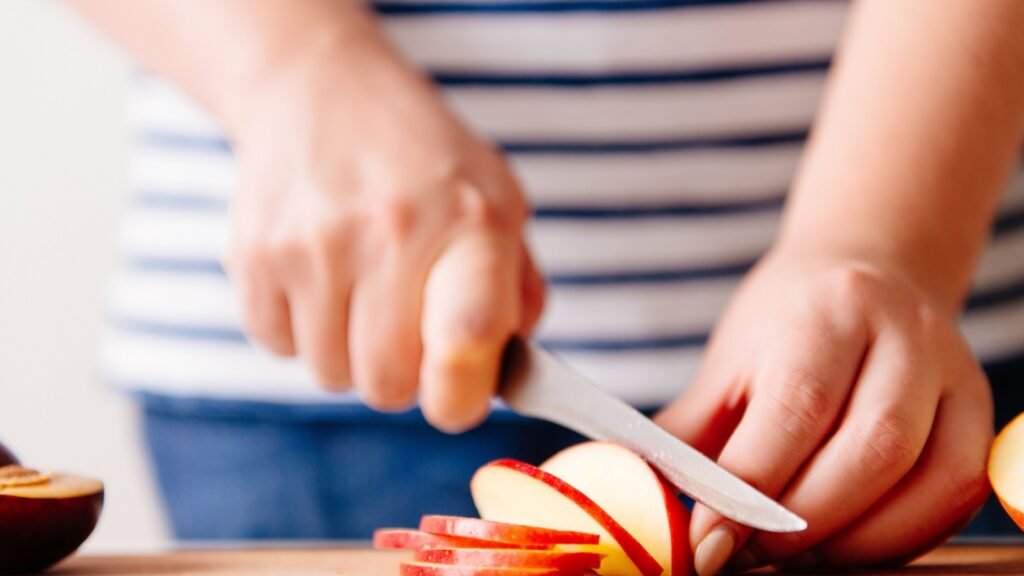
Wash, peel, and slice fruits before canning. Depending on the recipe, you may also need to remove pits or cores. Prepping ahead ensures the process goes smoothly and that your jars are filled with only the best-quality fruit.
Preparing Vegetables For Canning
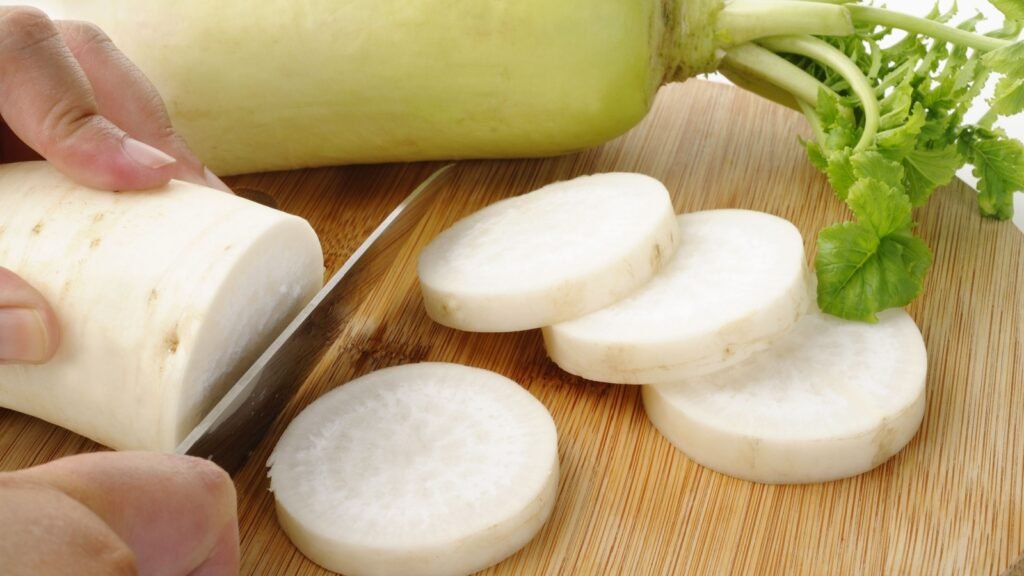
For vegetables, washing and peeling are just the start. Blanching is often required to stop enzyme activity and preserve color, texture, and nutrients. For certain vegetables, you’ll need to chop or slice them into smaller pieces for even cooking.
The Science Of Headspace
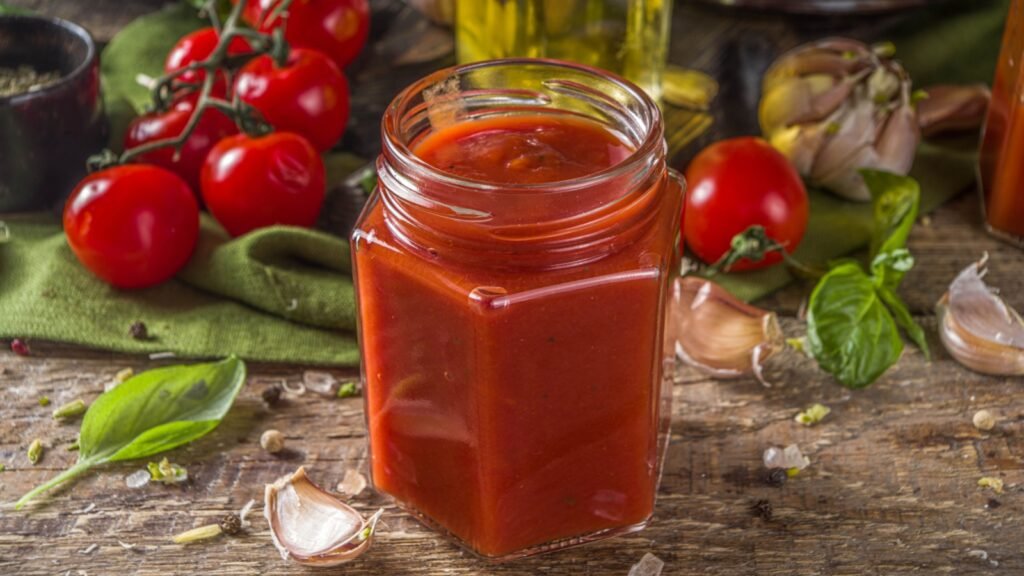
Headspace refers to the gap between the food and the lid in your jar. Too much headspace can prevent a proper vacuum seal, while too little can cause the jar to overflow during processing. Follow your recipe’s instructions to measure headspace correctly.
Hot Packing Vs. Raw Packing
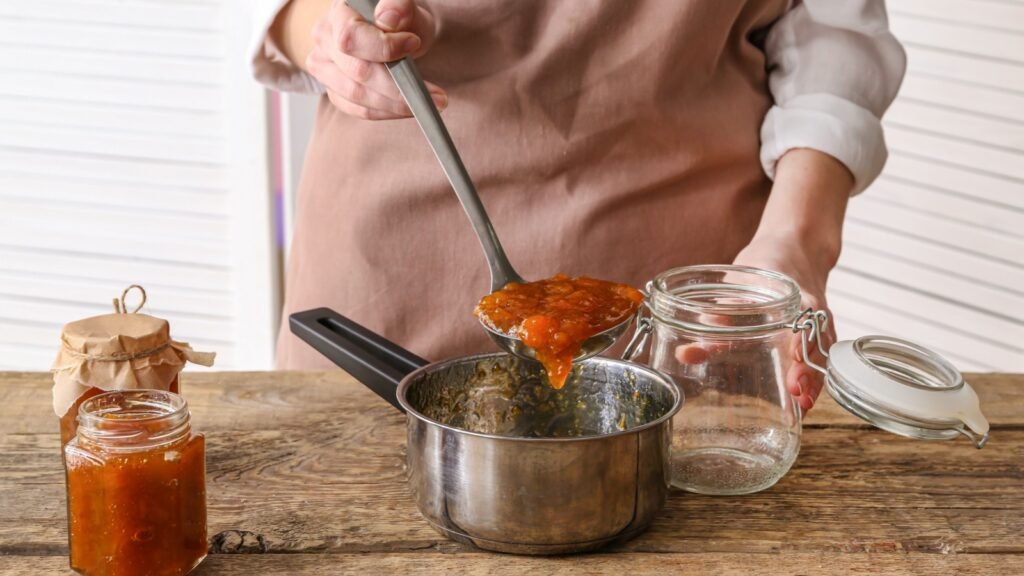
Hot packing involves cooking your food briefly before placing it in jars, while raw packing means adding uncooked food directly. Hot packing removes air and helps food fit better in the jar, making it the preferred method for many fruits and vegetables.
Mastering The Water Bath Canning Method

To water bath can, submerge your jars in boiling water and process them for the time specified in your recipe. This method is perfect for jams, jellies, pickles, and fruits. Make sure the water covers the jars by at least an inch for safe processing.
Safely Using A Pressure Canner
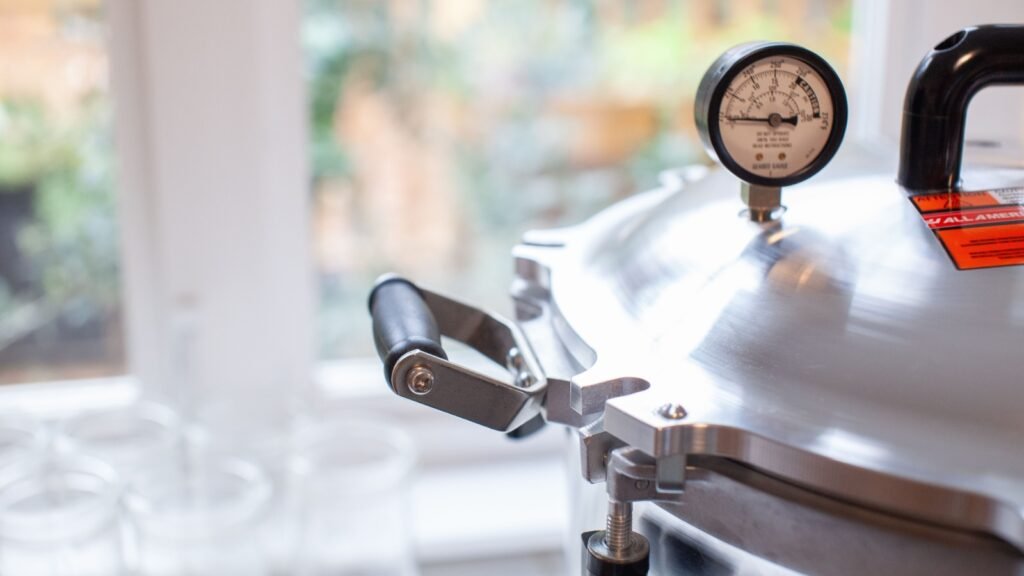
Pressure canning uses pressurized steam to reach higher temperatures, necessary for low-acid foods. Follow your canner’s manual carefully, paying attention to venting and timing instructions. A weighted or dial gauge ensures the pressure stays at the correct level.
Common Canning Mistakes To Avoid
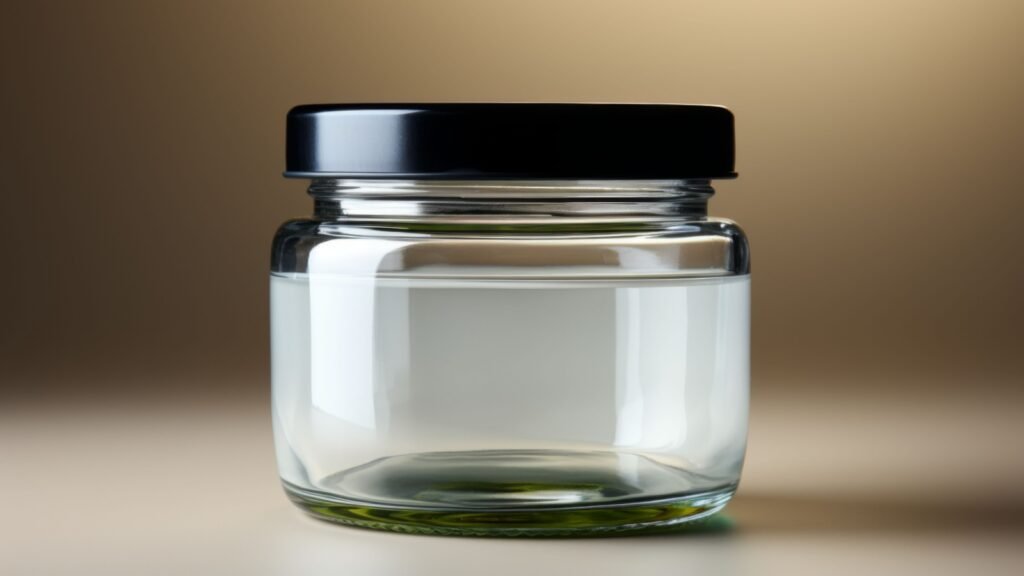
Mistakes like not adjusting for altitude, using improper jars, or failing to achieve a proper seal can compromise your efforts. Learn from common pitfalls to ensure your canned goods are safe and shelf-stable.
Adjusting For Altitude
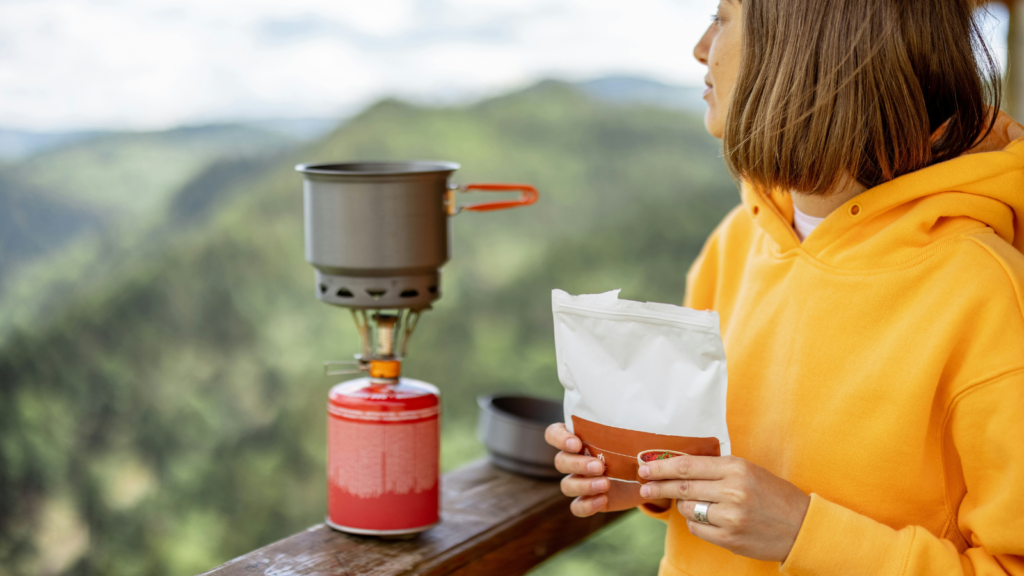
Altitude affects the boiling point of water, so you’ll need to adjust processing times or pressures accordingly. If you’re above 1,000 feet, check guidelines for the proper adjustments to keep your food safe.
How To Test For Proper Seal
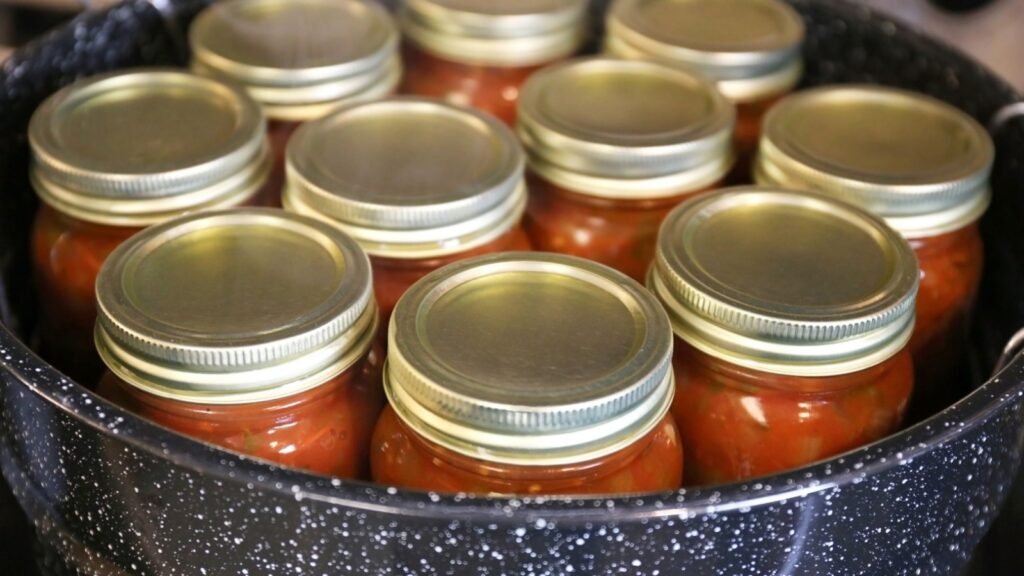
After jars cool, test the seal by pressing the center of the lid—it should not flex. A sealed lid will also make a satisfying “ping” sound as it cools. If a jar doesn’t seal, refrigerate it and use it within a few days.
Labeling And Storing Your Jars
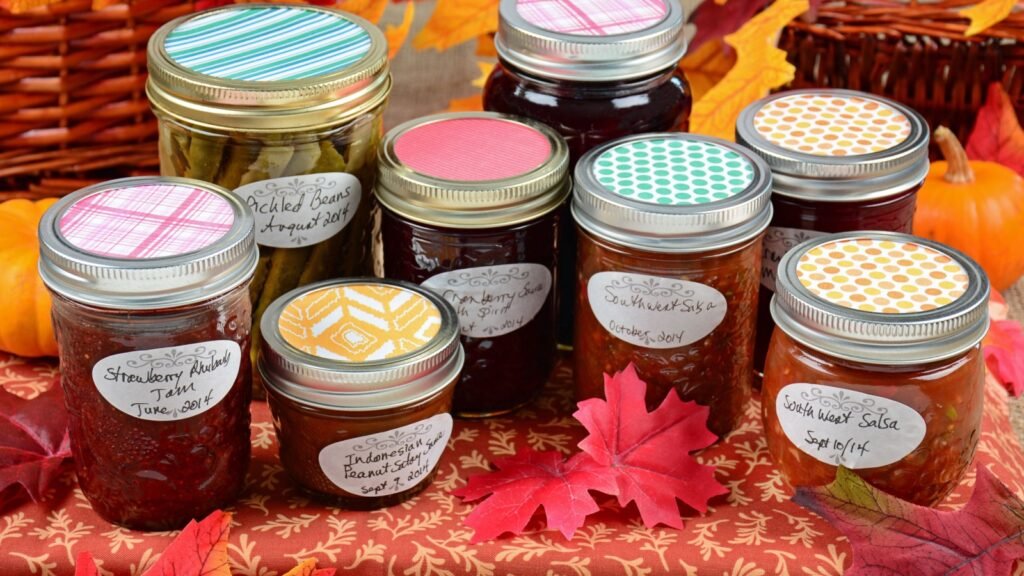
Once sealed, label each jar with the contents and the date of canning. Store jars in a cool, dark place to maximize shelf life. Proper storage keeps your hard work fresh for months or even years.
The Role Of Pectin In Fruit Canning
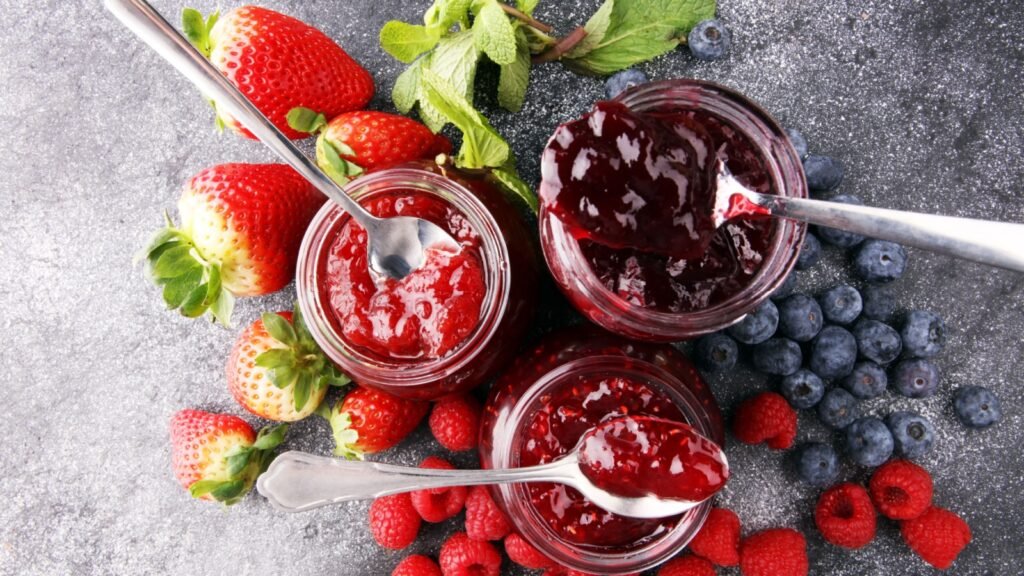
Pectin is a natural substance that helps jams and jellies set. You can use naturally pectin-rich fruits like apples or commercial pectin for consistent results. Follow your recipe to avoid a runny or overly stiff texture.
Canning Tomatoes: Special Considerations
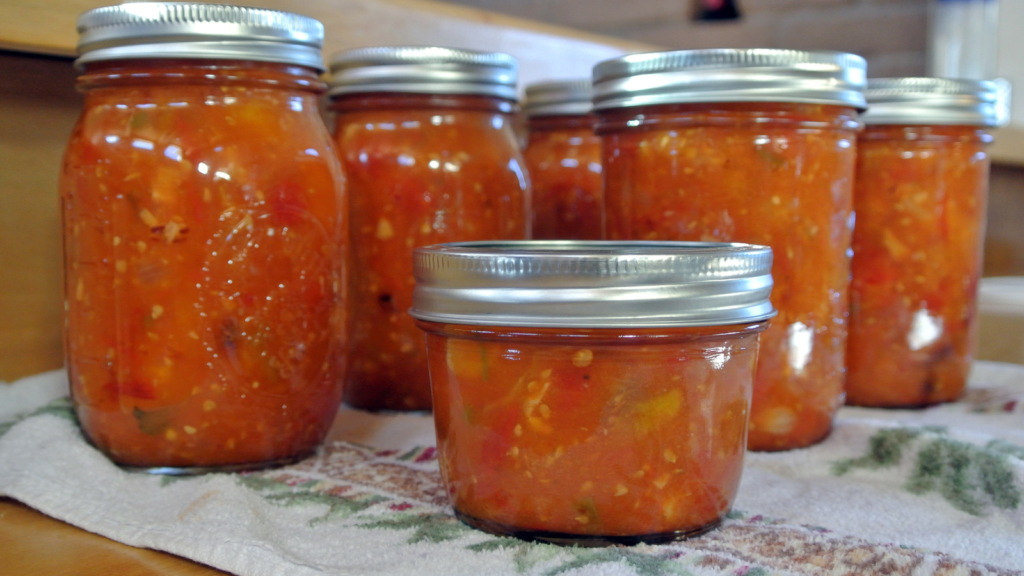
Tomatoes are borderline low-acid foods, so they often require added acid like lemon juice or citric acid for safe water bath canning. Whether you’re making sauces or diced tomatoes, this step is crucial for safety.
Making Fruit Jams And Jellies
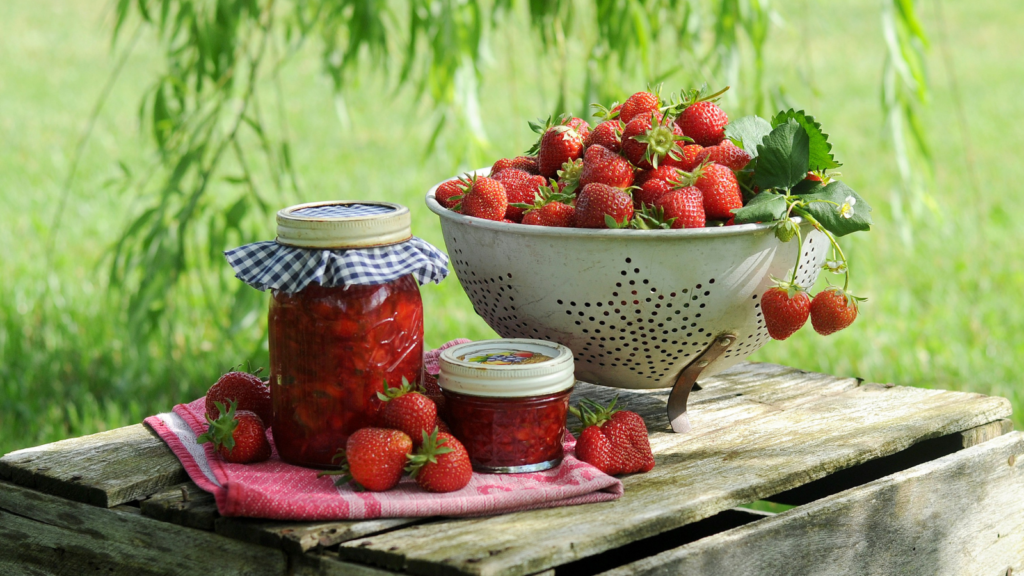
Jams and jellies are beginner-friendly canning projects. With just fruit, sugar, and pectin, you can create spreads bursting with flavor. Process them in a water bath to enjoy your favorite fruits year-round.
Preserving Vegetables With Pickling
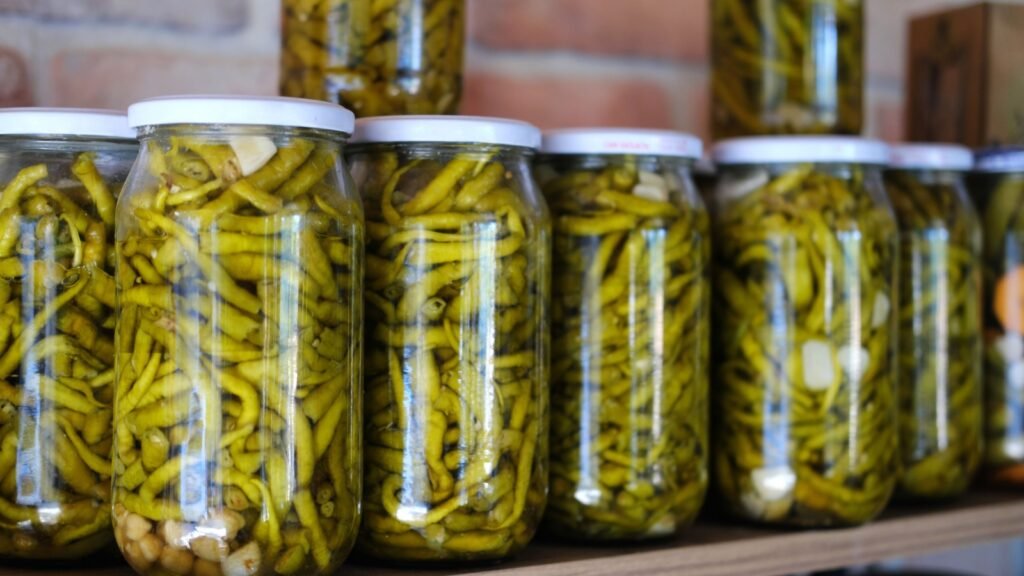
Pickling adds vinegar and salt to your vegetables, creating a tangy, shelf-stable product. From cucumbers to carrots, nearly any vegetable can be pickled. The acidic environment also makes pickling one of the safest forms of canning.
Creating Flavorful Relishes
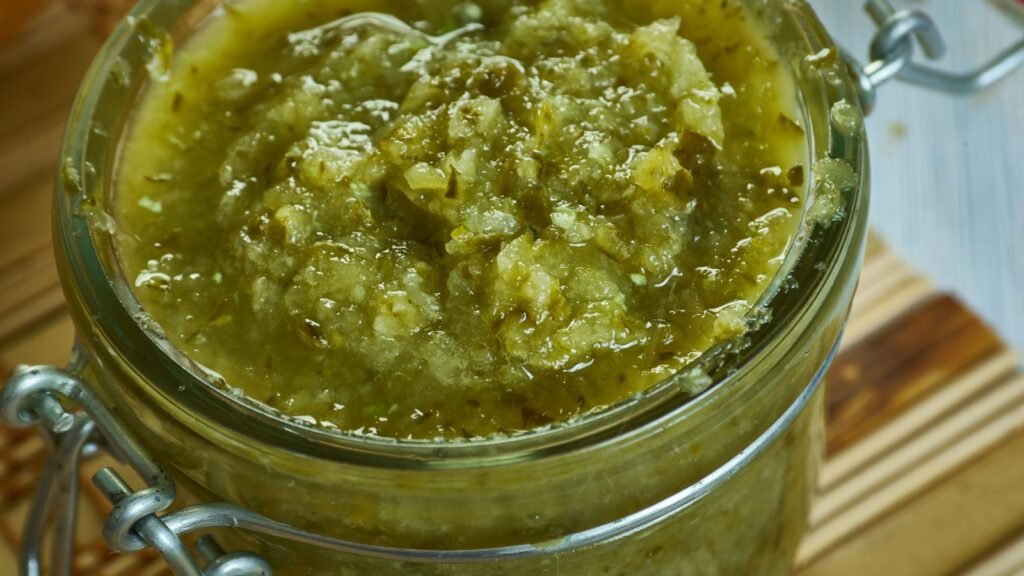
Relishes are a versatile way to preserve vegetables with added spices, vinegar, and sugar. Sweet, tangy, or spicy, relishes add a burst of flavor to sandwiches, meats, or salads. They’re easy to make and store for long periods.
Pressure Canning Low-Acid Vegetables
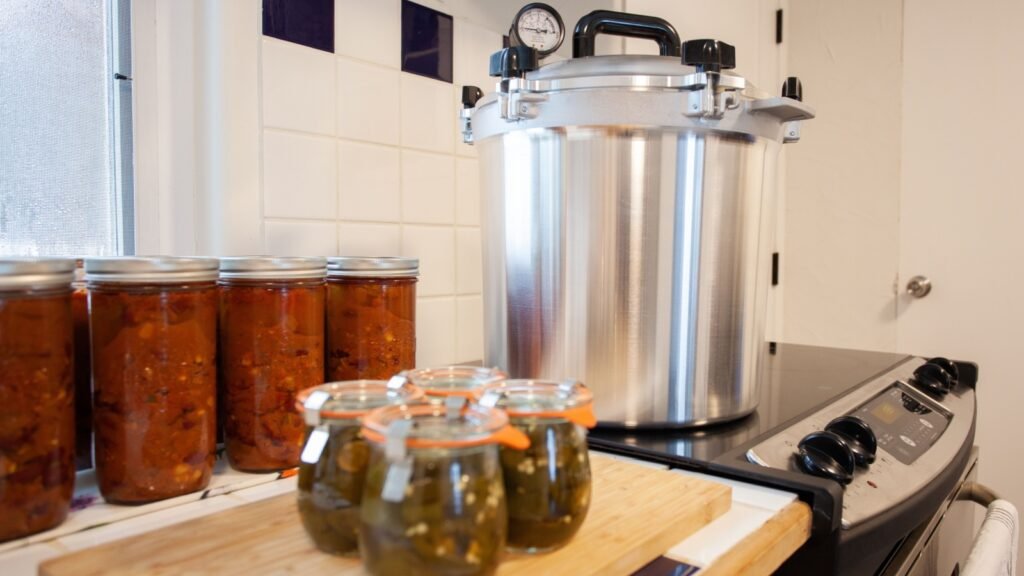
Low-acid vegetables like green beans, corn, and peas require pressure canning to reach the temperatures necessary to kill harmful bacteria. Follow recipes carefully to ensure safety and delicious results.
Turning Your Garden Harvest Into Sauces
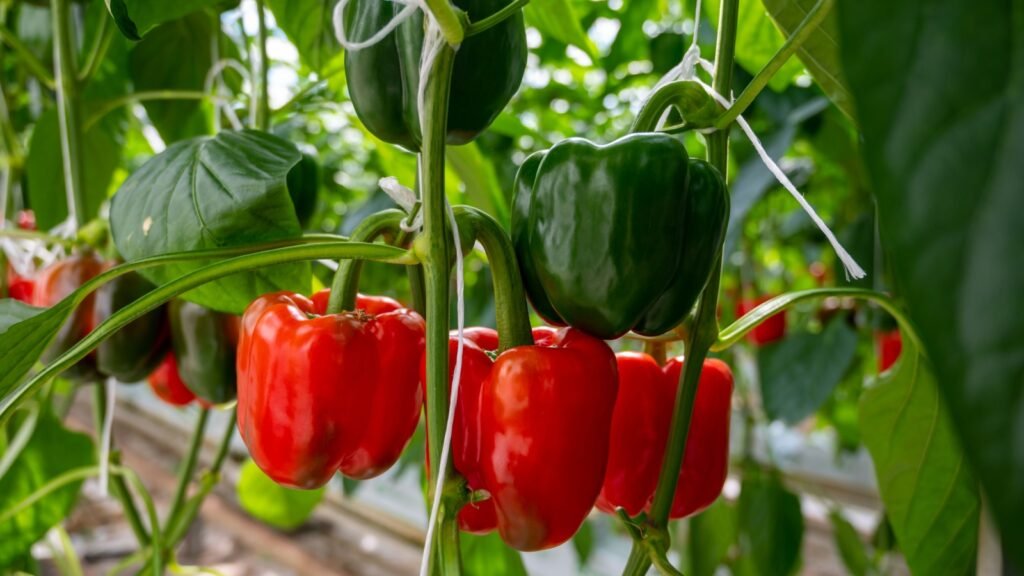
From tomato sauce to salsa, sauces are a practical way to can large amounts of produce. Cook the vegetables first, season them to taste, and process jars in either a water bath or pressure canner based on acidity.
Canning Fruit Butters And Spreads
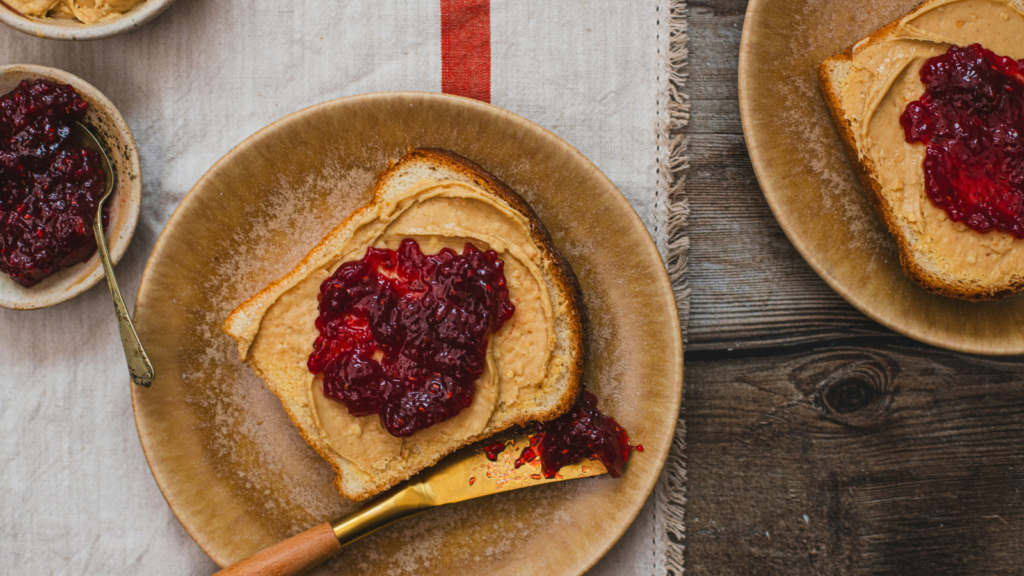
Fruit butters, like apple butter, are made by slow-cooking fruit puree with sugar and spices. They’re thicker than jam and don’t require pectin to set. Water bath canning is ideal for preserving these smooth, spreadable treats.
Safely Canning Soups And Stews
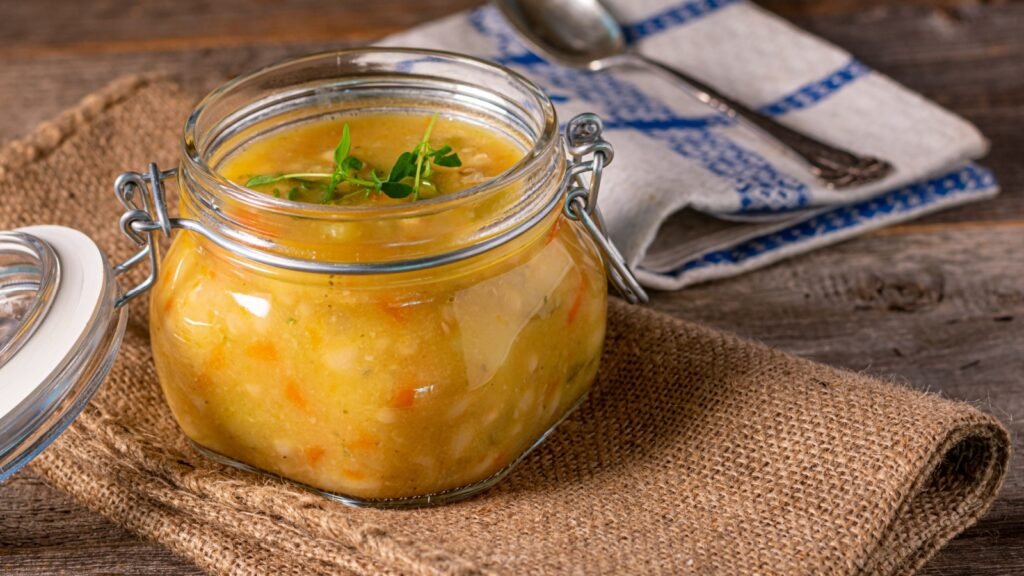
Soups and stews are a great way to preserve meals in a jar, but they must be pressure canned due to the low acidity. Avoid using dairy, pasta, or thickening agents like flour in your recipes, as they can compromise safety.
Crafting Homemade Chutneys
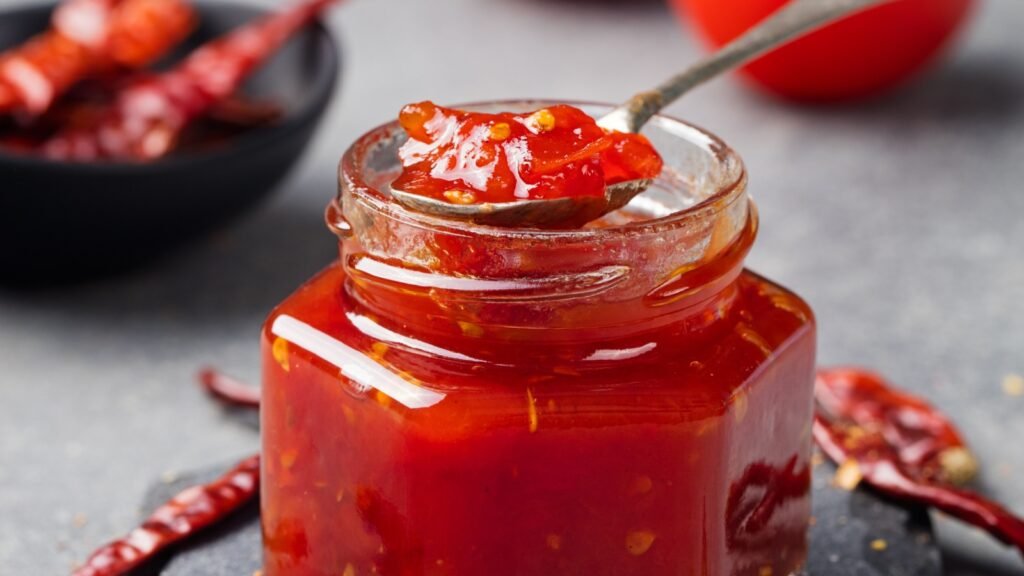
Chutneys are a blend of fruits, vegetables, vinegar, and spices, offering a sweet and tangy flavor. Perfect as a condiment, they can be canned using the water bath method. Use high-quality ingredients for the best flavor.
Dealing With Foam In Fruit Canning
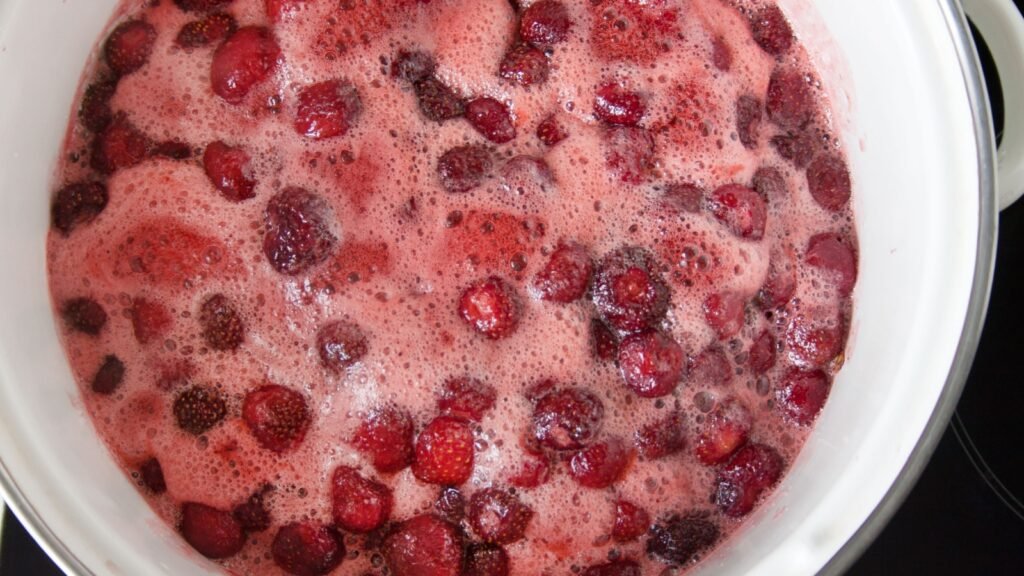
Foam can form during the cooking process, especially when making jams and jellies. Skim off the foam before canning to ensure a clear, clean appearance and better flavor in your finished product.
Adding Herbs And Spices To Canned Goods
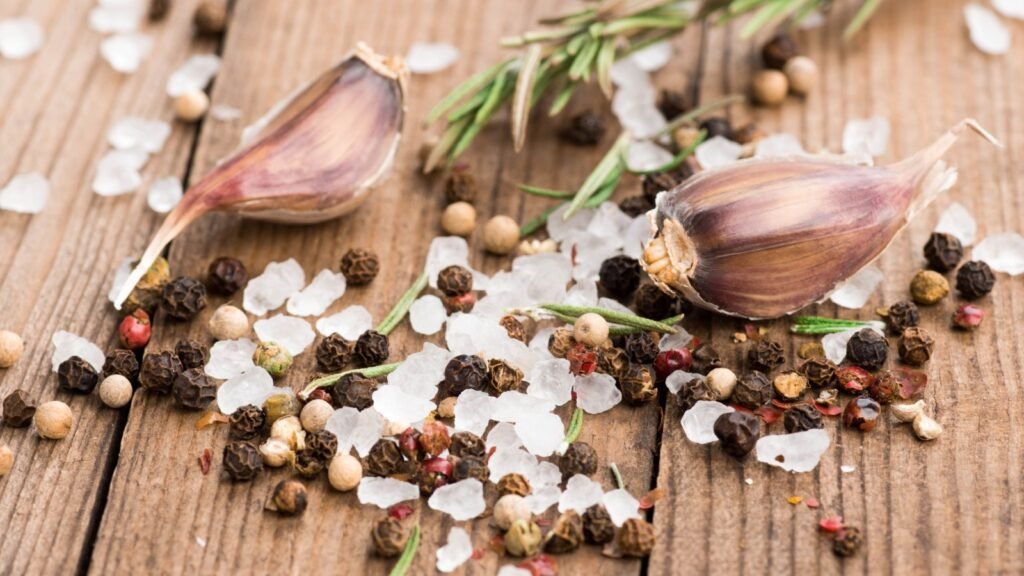
Herbs and spices can elevate your canned goods, adding depth and flavor to fruits, vegetables, and sauces. Use dried herbs instead of fresh to prevent spoilage and ensure safe storage.
Troubleshooting Cloudy Brines
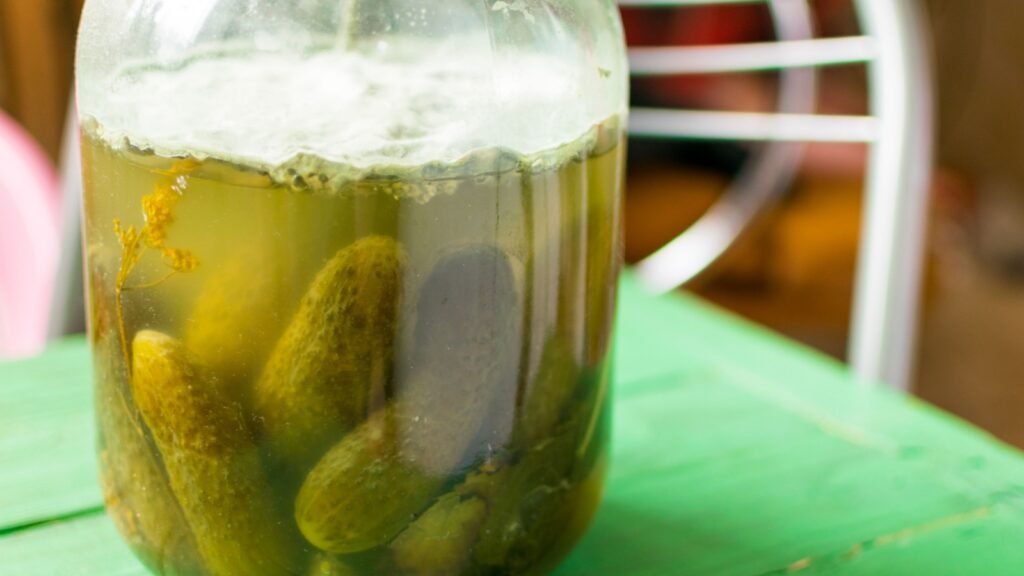
Cloudy brine in pickles or other canned vegetables can be a sign of spoilage or improper preparation. Ensure your jars are clean, your salt is non-iodized, and you’ve followed the recipe to avoid this issue.
Reprocessing Failed Seals
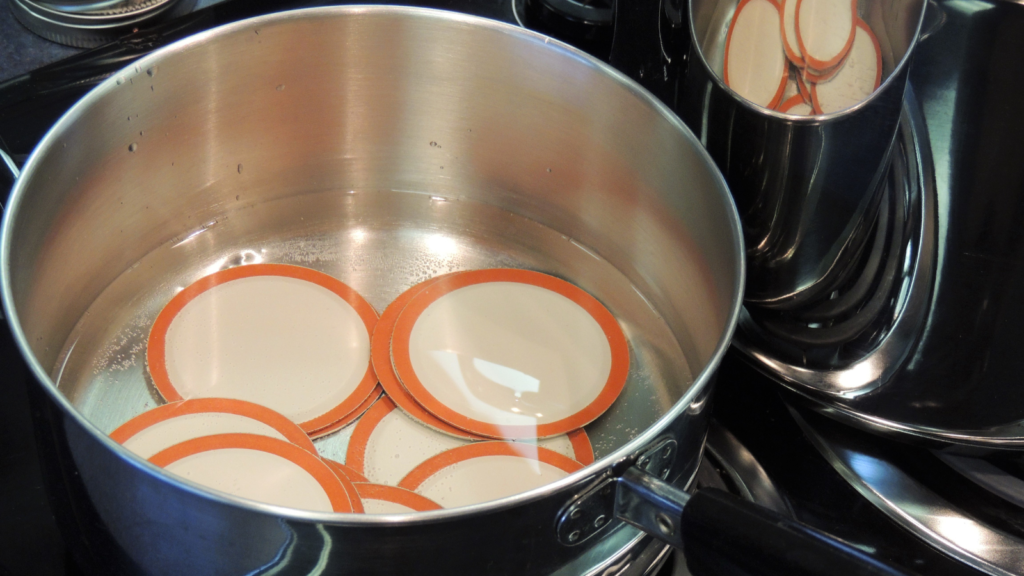
If a jar doesn’t seal after processing, you can often reprocess it within 24 hours. Empty the jar, reheat the contents, use a new lid, and process again. Alternatively, refrigerate and use the contents within a few days.
Making Flavored Vinegars For Canning
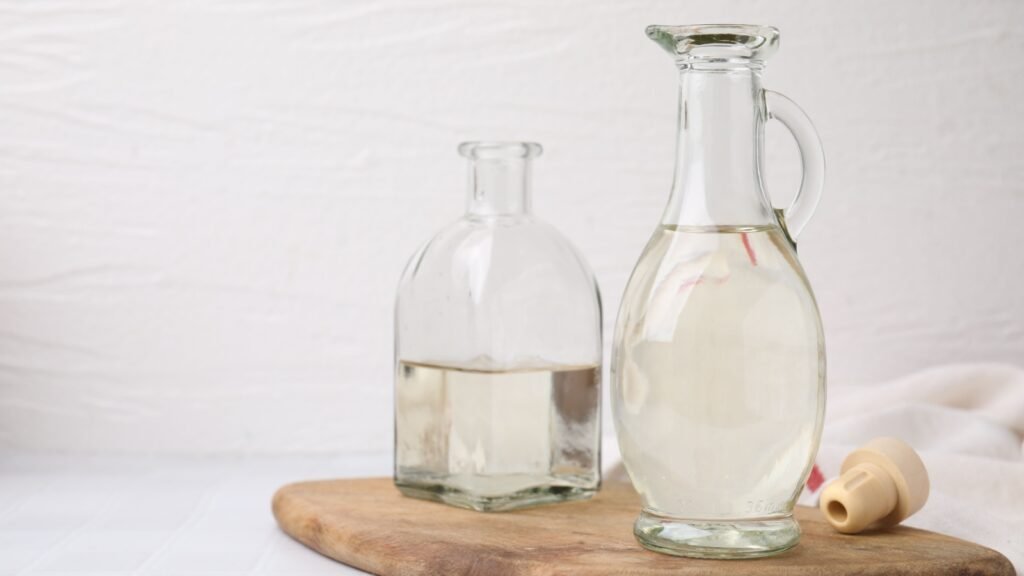
Flavored vinegars can be used in pickling or as a base for dressings and marinades. Infuse vinegar with herbs, garlic, or fruit, and then water bath can for shelf-stable results. Always use recipes that ensure safe acidity levels.
Using Lemon Juice Or Citric Acid In Canning
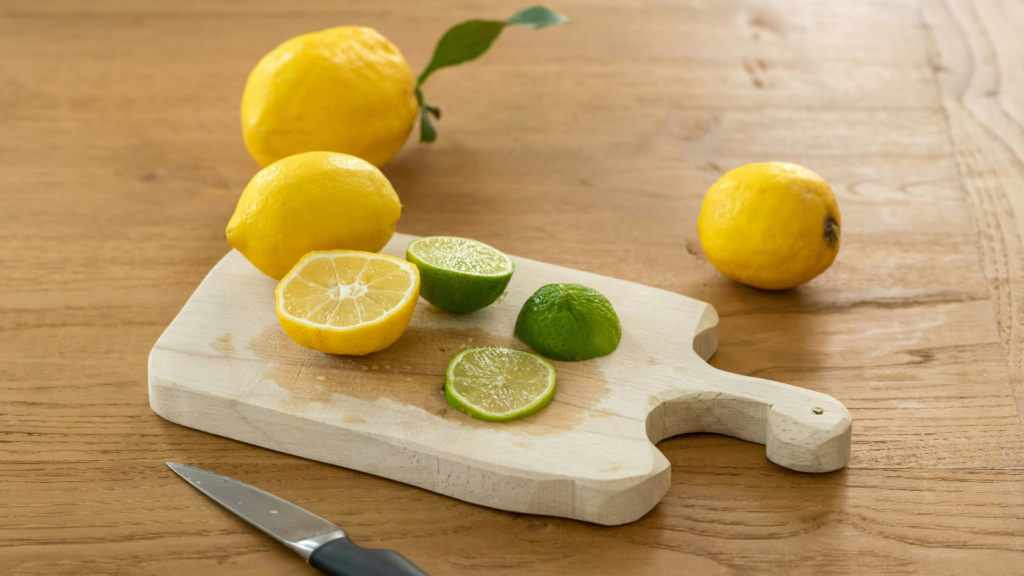
Adding lemon juice or citric acid is crucial for low-acid foods like tomatoes. It raises the acidity level, allowing safe processing in a water bath. Always measure carefully to meet safety guidelines.
Making Low-Sugar Or No-Sugar Jams
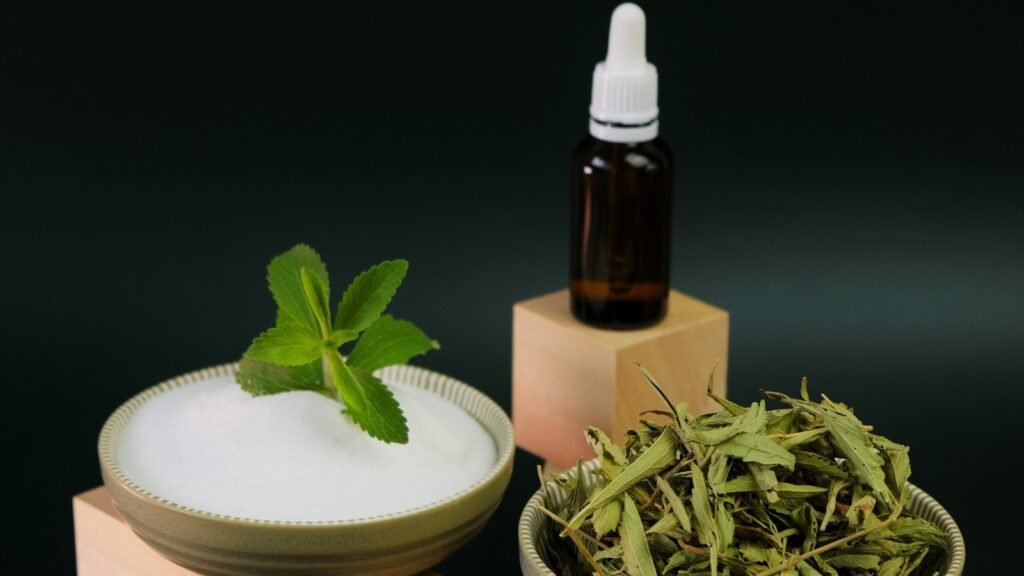
For those reducing sugar intake, you can make jams using low-sugar pectin or natural sweeteners like honey or stevia. Adjust processing times based on your recipe to ensure proper preservation.
Stopping Color Changes In Canned Foods
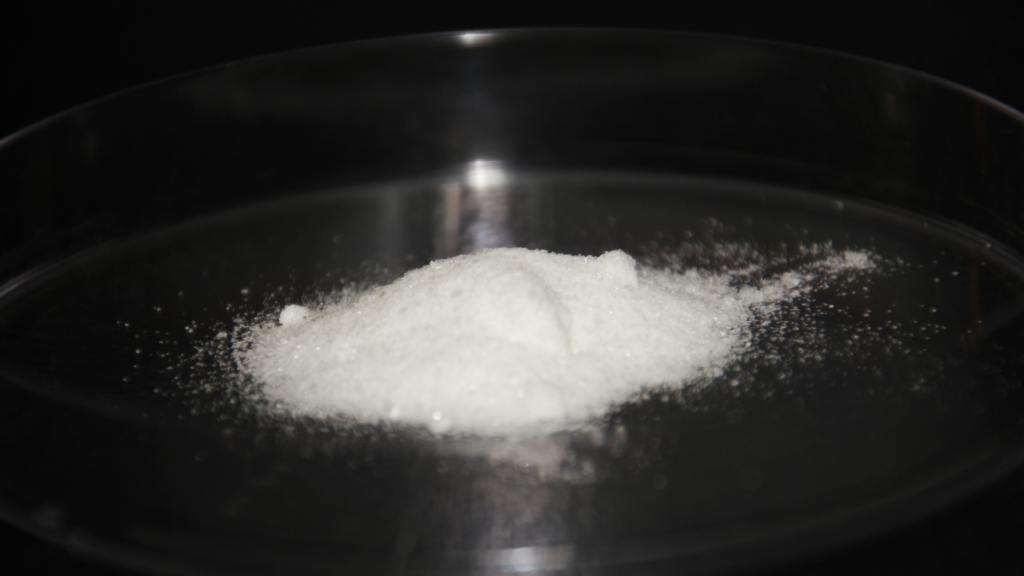
Oxidation can cause canned fruits and vegetables to discolor over time. Use ascorbic acid, blanching, or airtight seals to preserve vibrant colors. Proper storage also helps maintain quality.
Safely Canning Leafy Greens
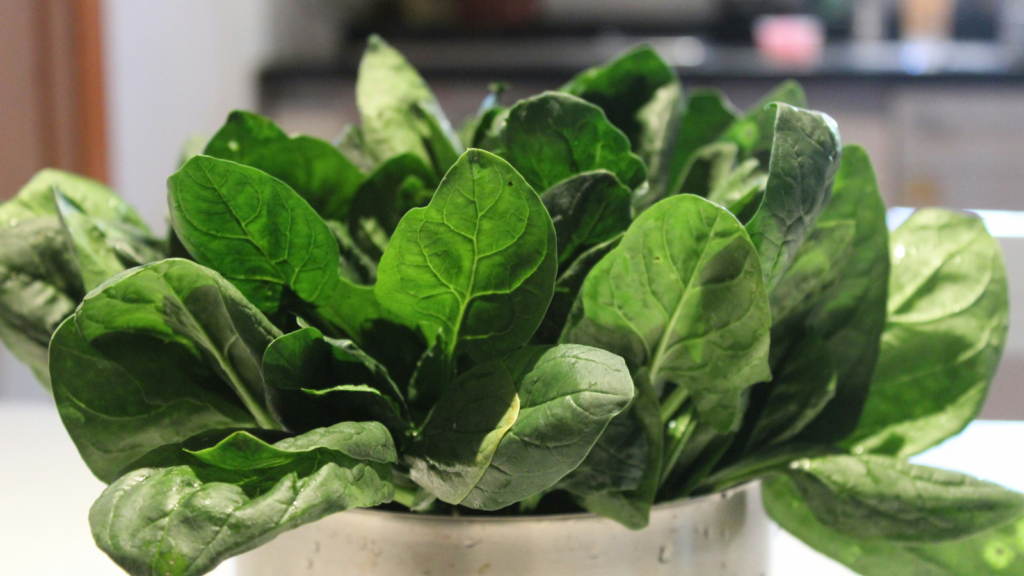
Leafy greens like spinach or kale can be pressure canned but require careful preparation. Blanch greens first to reduce volume and ensure they process evenly. Avoid adding oils or fats to maintain safety.
Making Shelf-Stable Applesauce
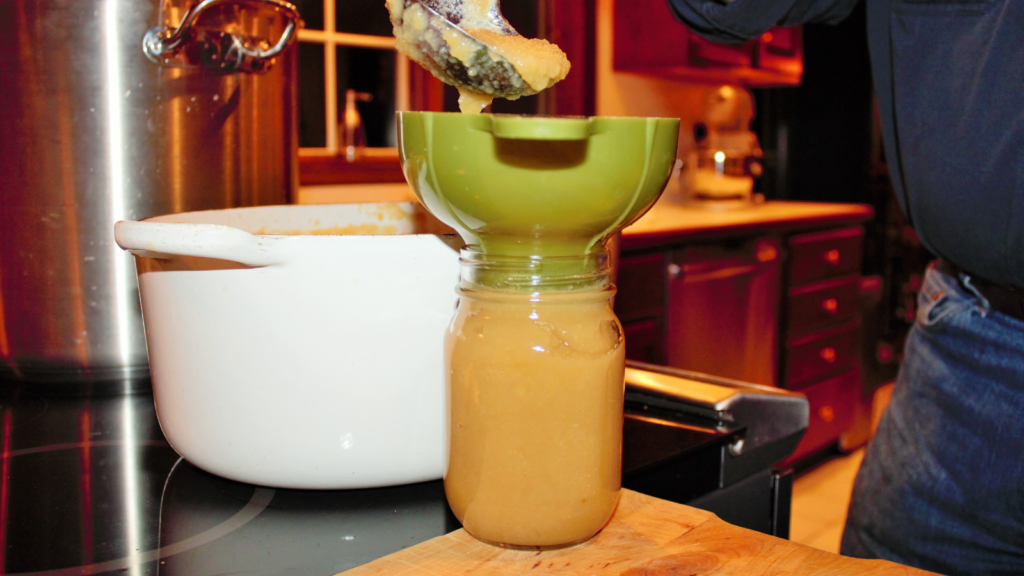
Homemade applesauce is easy to can and can be customized with cinnamon, nutmeg, or other spices. Use water bath canning for this high-acid food, ensuring a reliable seal for long-term storage.
Preserving Fruit And Vegetable Juices
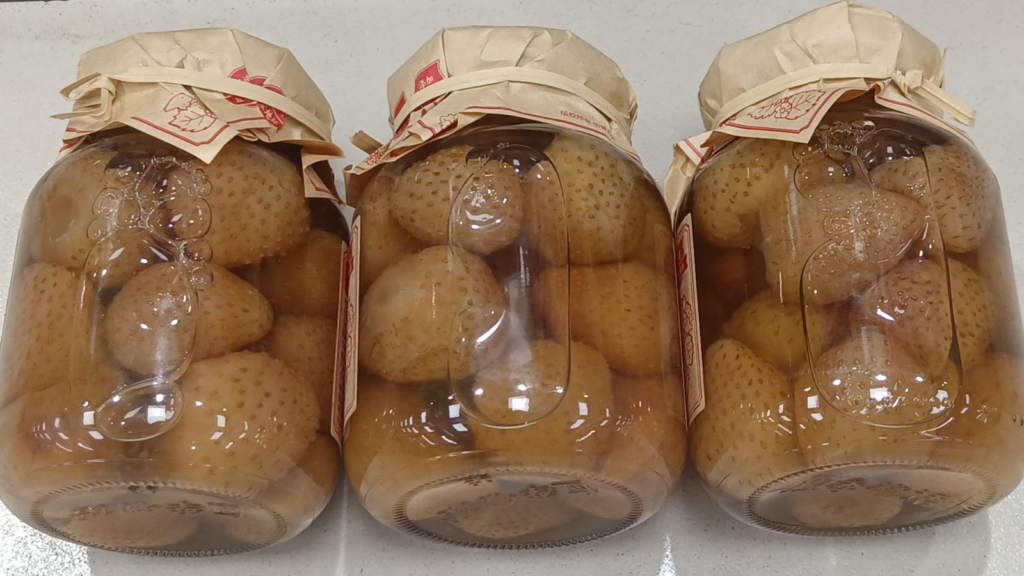
Fresh juices can be canned for a convenient, nutritious beverage. Strain the juice to remove pulp, then process in a water bath or pressure canner depending on acidity. Always follow tested recipes for safe results.
Pickling Beyond Cucumbers
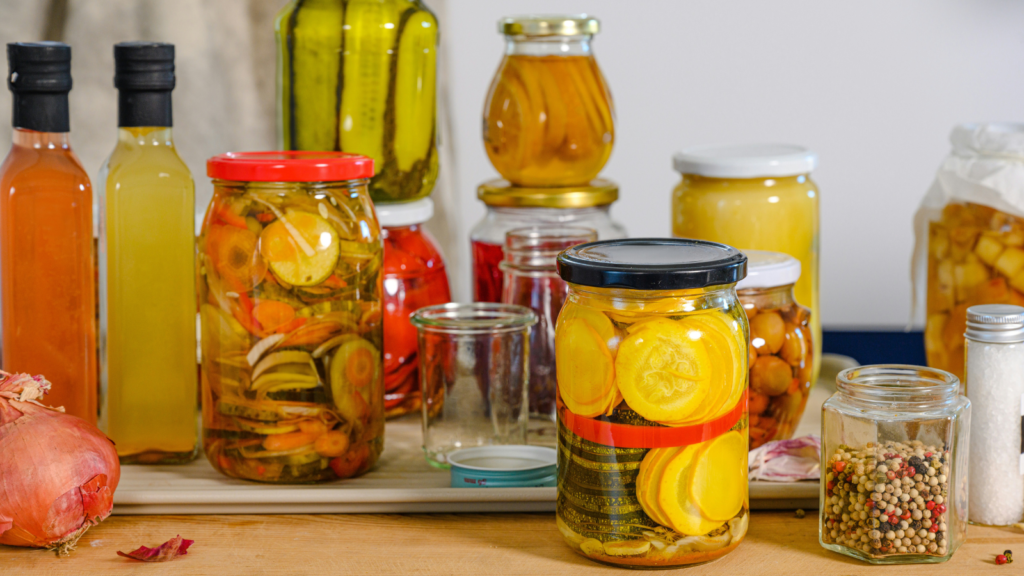
While cucumbers are the classic pickling choice, you can pickle other vegetables like beets, green beans, or even fruits like watermelon rinds. Use vinegar-based brines to safely preserve these unique treats.
Making Homemade Salsas For Canning
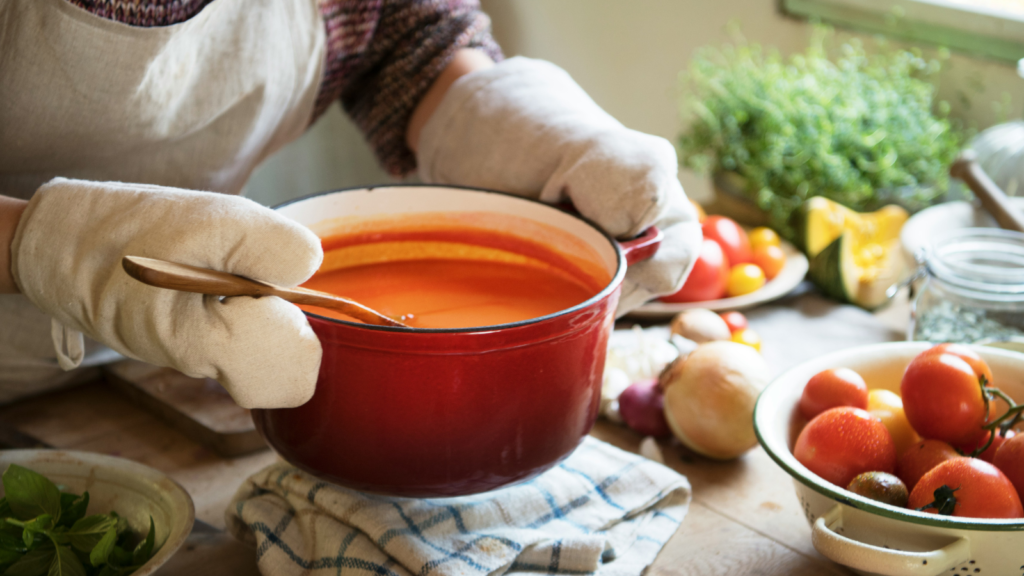
Salsas combine tomatoes, peppers, onions, and spices into a zesty, versatile condiment. Acidify with vinegar or lemon juice for water bath canning, and always follow tested recipes for safety.
Preventing Floating Fruit In Jars
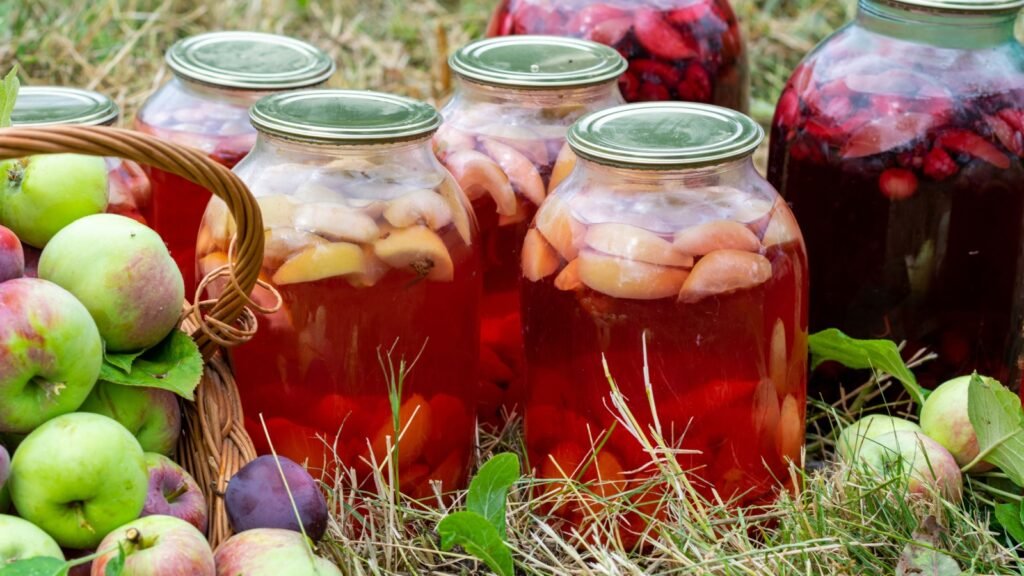
Floating fruit is a common issue caused by trapped air or undercooking. To avoid this, pack jars tightly and use the hot pack method. It doesn’t affect safety but may impact appearance.
How To Can Baby Food At Home
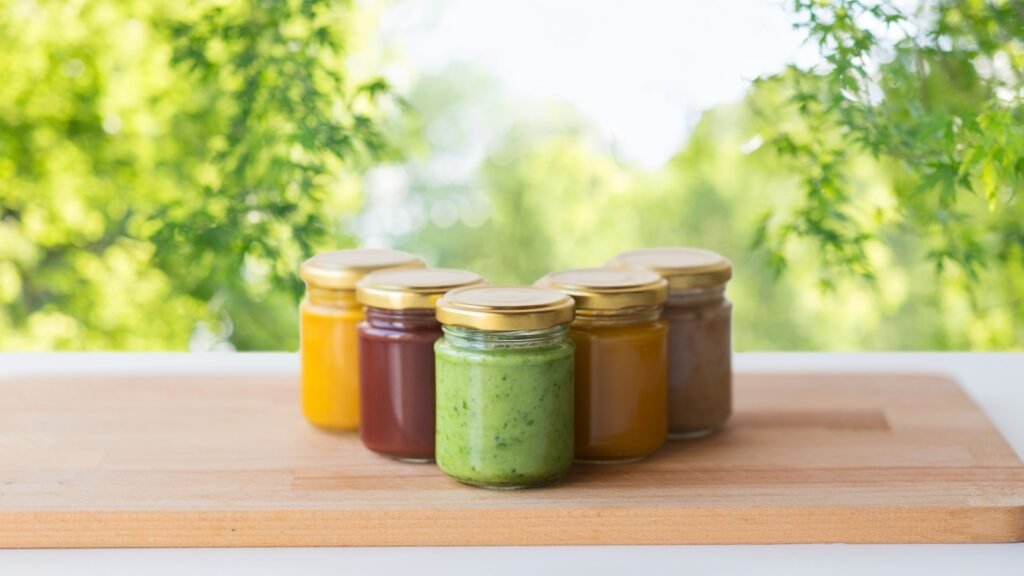
Homemade baby food can be canned but requires strict adherence to safety guidelines. Use pressure canning for low-acid vegetables, and avoid adding dairy, grains, or seasonings.
The Role Of Sugar In Canning
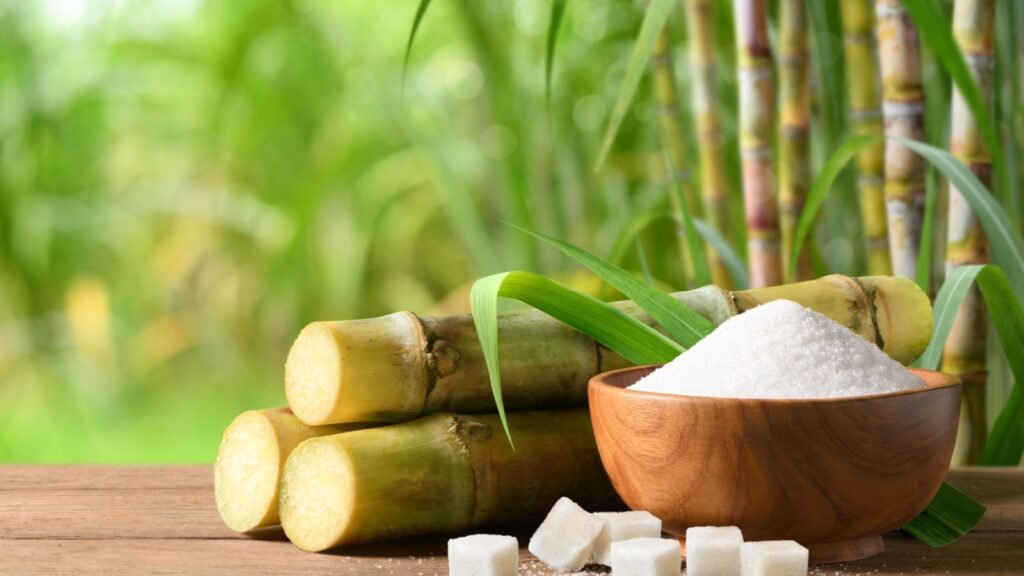
Sugar isn’t just for sweetness—it helps preserve color, texture, and flavor, especially in fruits and jams. For lower sugar options, use recipes specifically designed for reduced sugar canning.
Fermenting Vs. Pickling
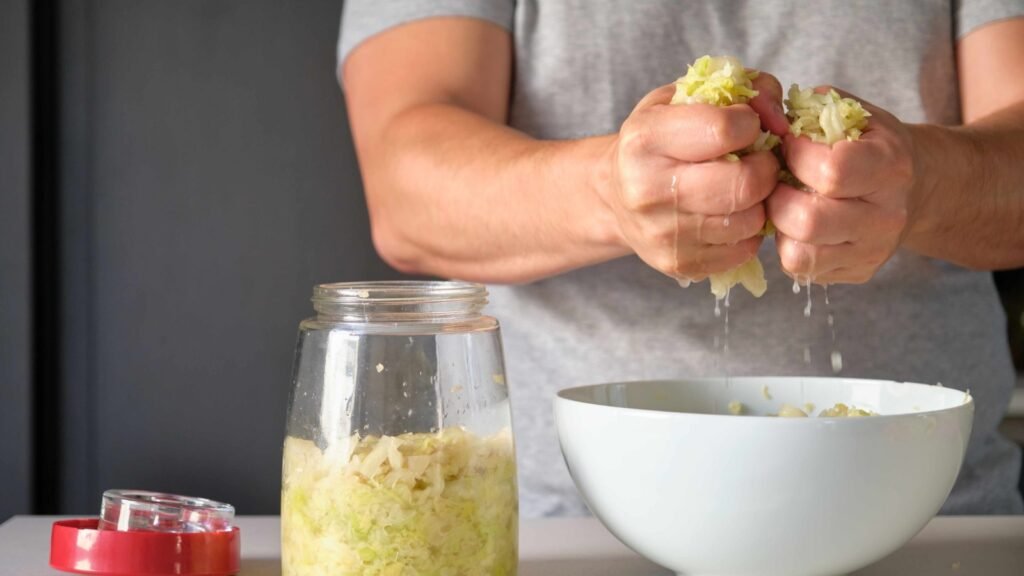
Fermenting relies on natural bacteria to preserve food, while pickling uses vinegar for immediate acidity. Both methods can result in delicious, long-lasting vegetables, but only pickling can be canned for shelf stability.
The Best Fruits For Beginner Canners
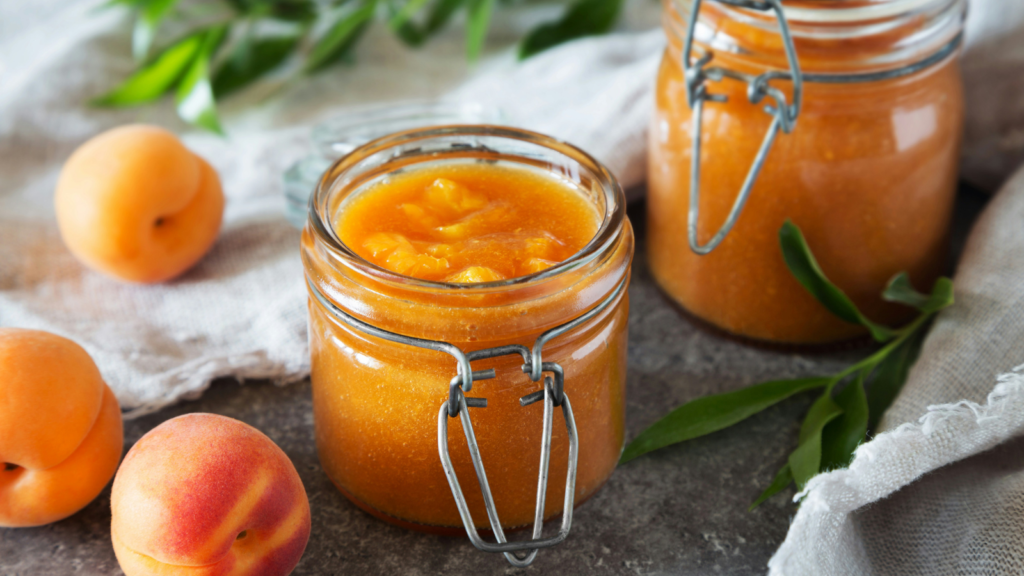
Fruits like peaches, pears, and berries are perfect for first-time canners. They’re forgiving, high in natural sugar, and easy to prepare. Start with these to build your confidence before tackling more complex projects.
Safely Reusing Canning Jars
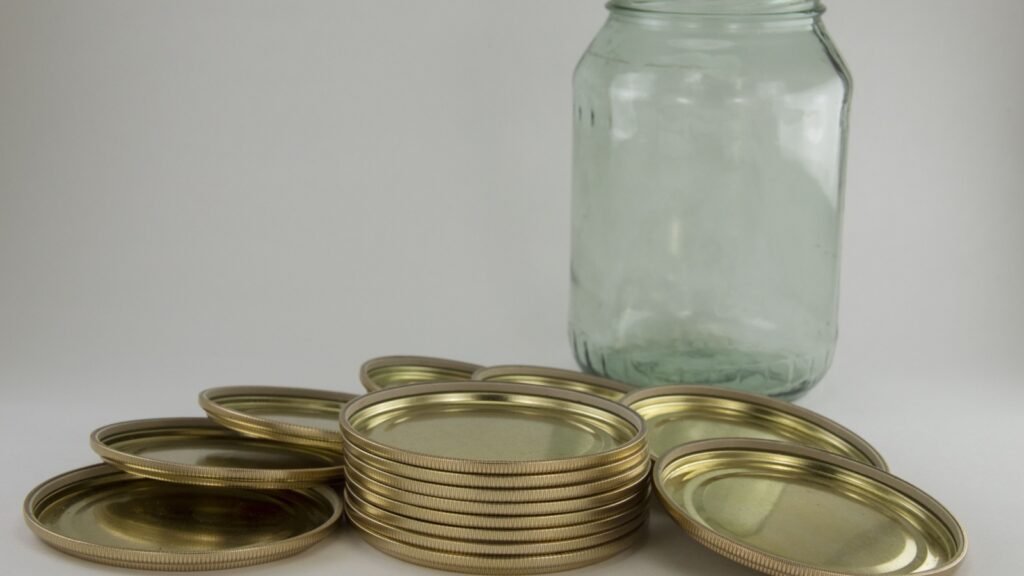
While jars can be reused if they’re in good condition, lids should never be reused as they may not form a proper seal. Inspect jars for cracks and sterilize them thoroughly before use.
Avoiding Botulism In Home Canning
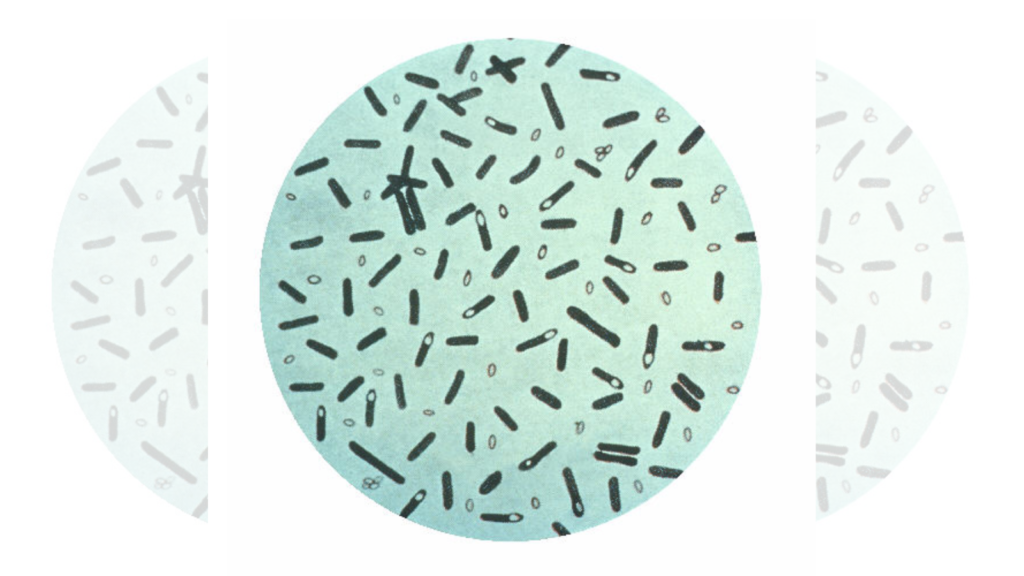
Botulism is a serious risk in improperly canned foods. Follow trusted recipes, use the correct method for your food type, and never skip sterilization steps. Pressure can low-acid foods to eliminate this threat.
The Shelf Life Of Canned Goods
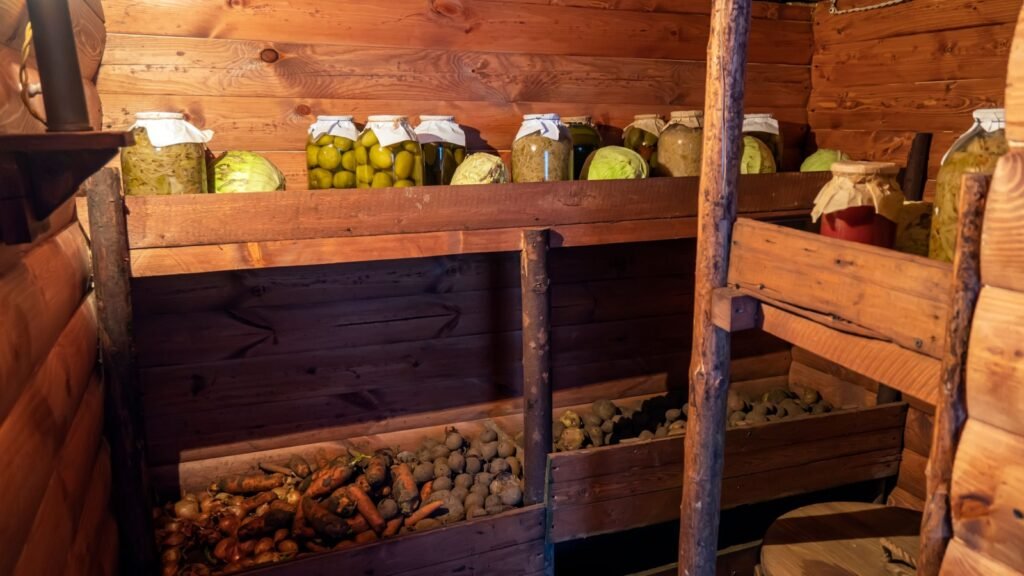
Properly canned goods can last 1-5 years, depending on storage conditions and the type of food. Store them in a cool, dark place, and check seals regularly to ensure they remain safe to eat.
Pressure Canning Vs. Water Bath Canning: Key Differences
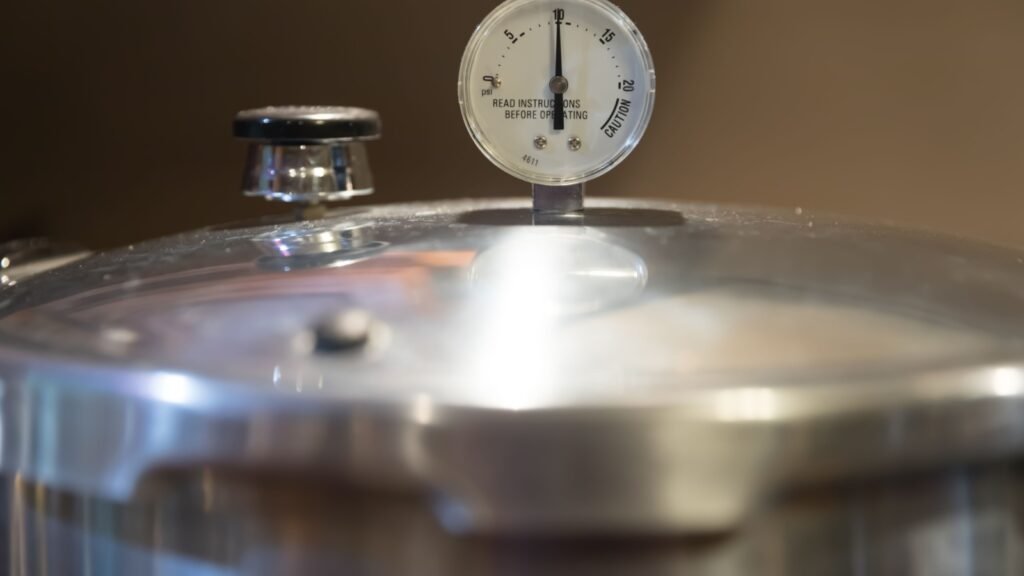
Understanding the difference between these methods is critical. Pressure canning reaches higher temperatures for low-acid foods, while water bath canning is suitable for high-acid foods. Choose the right method for each recipe.
Creating Canning Recipes From Scratch
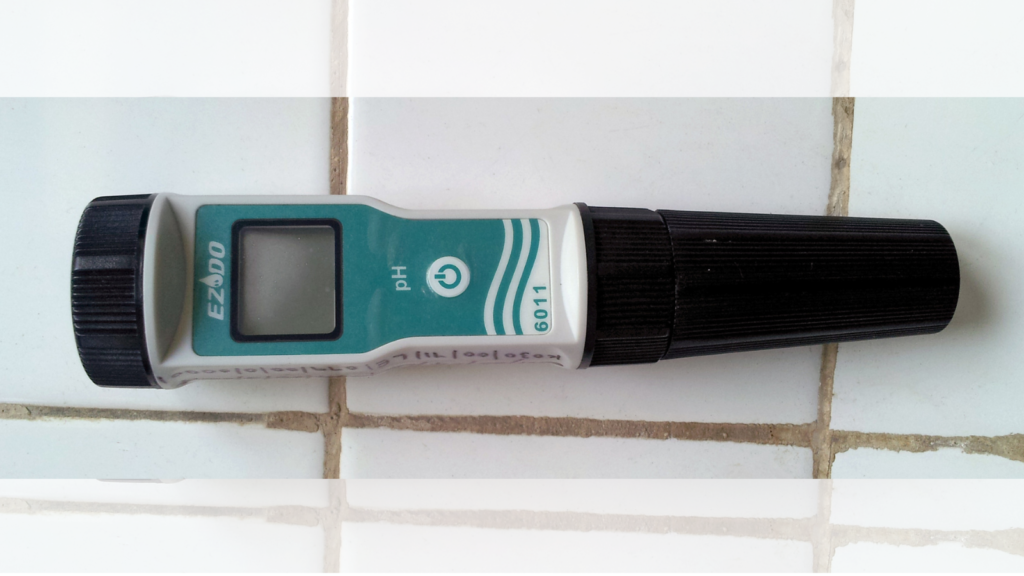
When making your own recipes, you must test acidity and processing times carefully. Use a pH meter or follow guidelines to ensure your custom recipes are safe for long-term storage.
24 Best Rifles Under $1200 for Preppers, Hunters, and Homesteaders

When it comes to preparedness, a reliable rifle is worth its weight in gold. Thankfully, you don’t need to empty your wallet to get a solid firearm that’ll stand up to the elements and perform when you need it most. Mid-priced rifles offer the perfect balance of affordability and quality, giving you confidence whether you’re out hunting, practicing at the range, or prepping for emergencies. After running thousands of rounds through a variety of rifles over the years, here’s my list of top picks that hit the mark for both value and reliability. These rifles each offer serious bang for your buck, whether you’re looking for your first gun or adding to a growing collection.
Read More: 24 Best Rifles Under $1200 for Preppers, Hunters, and Homesteaders
34 Best Shotguns of All Time
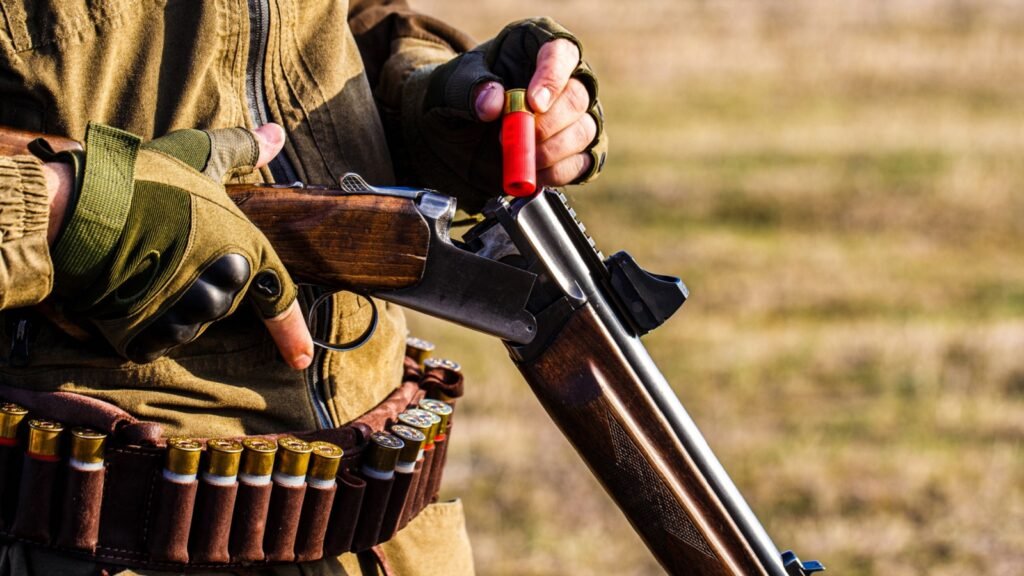
When it comes to shotguns, few other firearms hold such a range of purpose, heritage, and outright dependability. From the grit of the duck blind to the intensity of a skeet range, shotguns have long been the tool of choice for hunters, competitors, law enforcement, and home defenders alike. Some shotguns on this list helped define their category; others redefined it.
Read More: 34 Best Shotguns of All Time
25 Legendary Hunting Rifles from the Last Half Century

When it comes to picking the “best” hunting rifle, it’s all about what you’re chasing, the features you prefer, and how much you’re willing to spend. Every hunter has their own go-to. But let’s face it—some rifles just stand out. Over the last 50 years, a few have become legends in their own right. I’ve rounded up a selection that spans everything from trusty deer rifles to heavy-hitting big game beasts. Do you see your favorite on the list? Or did I miss one you swear by?
Read More: 25 Legendary Hunting Rifles from the Last Half Century

